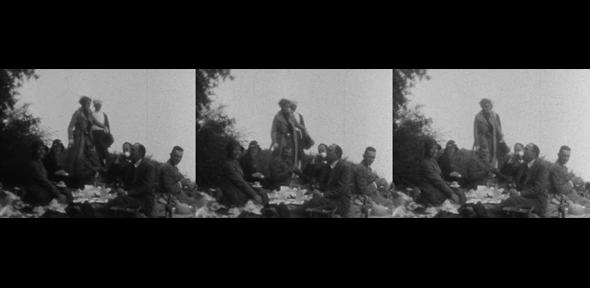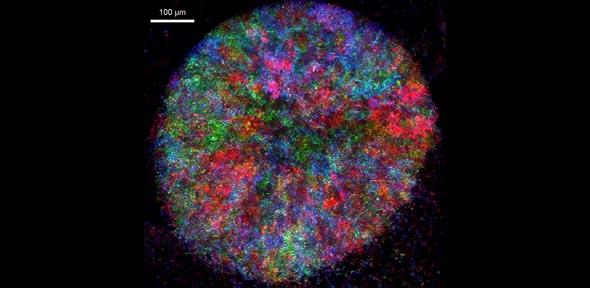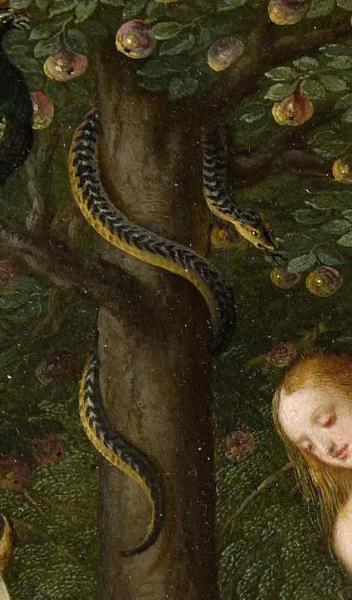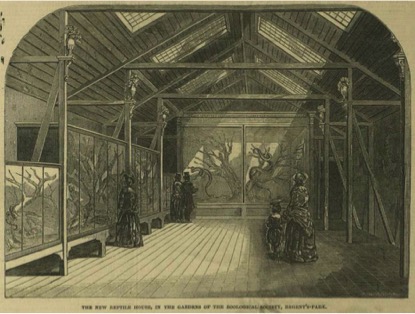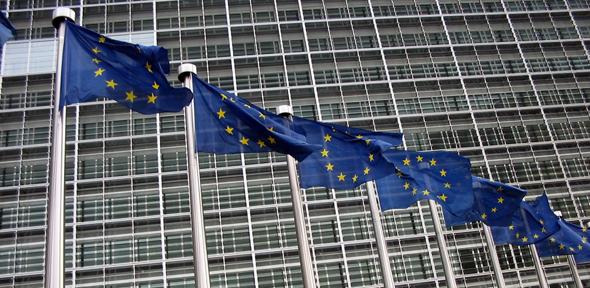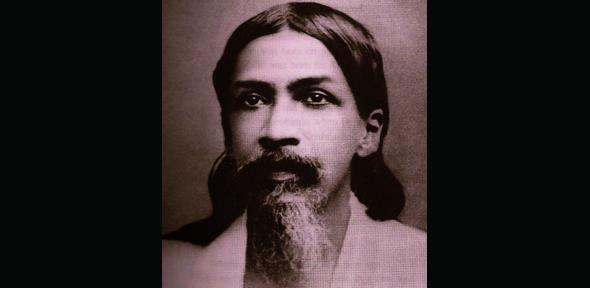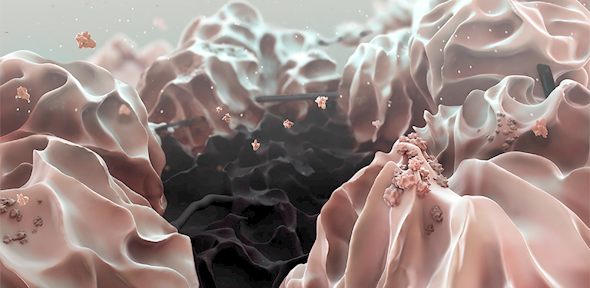In a remote village in a forgotten corner of West Bengal lives an old man called Fakhruddin Gazi. He has lived in the village for every one of his long years. However, since India was partitioned in 1947, Fakhruddin Gazi has lived in fear, unable to leave the small landholding his family has owned for generations.
A thousand miles away in Rajasthan, the state’s first female Chief Minister is showered with garlands and the kind of affection usually reserved for pop stars, not politicians. The masses clamour to touch her feet. Devotees deify her with all the reverence of a Hindu goddess.
Just down the road in Jaipur, an enterprising and popular middle-aged man is making and receiving calls on one of his three mobile phones. The conversations he conducts link voters to politicians, slum-dwellers to local officials. If you need a fake birth certificate, a government job, or your home connected to the electrical grid – his is the number you need to call.
In Gujarat, a casually employed labourer is being interviewed. The man is a Dalit, a member of the lowest caste in India’s order of social stratification. Dalits used to go by another name – ‘untouchables’. He tells Dr Manali Desai, who has travelled from Cambridge to interview him, about his political leanings.
“Since the BJP came there have been no more riots. We live peacefully. It is not as it used to be. There is progress everywhere. It has become America now... nice cinemas and long roads have been built. It all seems like a dream.”
![]() This is India on any given day. A cacophony of more than a billion voices and stories all straining to make themselves heard. Some shout, some whisper, others scream. Few are silent. Each and every voice – Brahmin or Dalit, Muslim or Hindu, old or young – has something unique to tell us about the nature of democracy in India: its flaws and foibles, its puzzles and paradoxes, its successes and its shames. All have their part to play in informing our understanding of the world’s largest democracy; a democracy often celebrated, regularly condemned and impossible to ignore.
This is India on any given day. A cacophony of more than a billion voices and stories all straining to make themselves heard. Some shout, some whisper, others scream. Few are silent. Each and every voice – Brahmin or Dalit, Muslim or Hindu, old or young – has something unique to tell us about the nature of democracy in India: its flaws and foibles, its puzzles and paradoxes, its successes and its shames. All have their part to play in informing our understanding of the world’s largest democracy; a democracy often celebrated, regularly condemned and impossible to ignore.
Some of the stories Cambridge academics are uncovering – like Professor Joya Chatterji’s experiences with Fakhruddin Gazi – interrogate the foundations and principles of post-partition democracy, highlighting a legacy of injustice and inequality against a sub-class of India’s own citizens. The work of others, like social anthropologist Dr Anastasia Piliavsky, directly challenges the Western world’s accepted notions of what democracy should look like, arguing that our rush to brand Indian politics as a basket case of corruption and crime is, in part, a failure in our own understanding as to the needs and sensibilities of more than 800 million registered voters in India.
Chatterji’s work on refugees, minorities and the rights of marginalised groups in West Bengal and beyond raises questions about the history and meaning of citizenship for minority communities in India, particularly for individuals like Fakhruddin – an Indian Muslim caught on the ‘wrong side’ at the time of partition.
Once the head of a Sunni family that owned several acres of good paddy land and many heads of cattle, Fakhruddin has lived with the consequences of partition since the late 1940s. In the upheaval that came with the new international border and the Radcliffe Line, his family fled to East Pakistan (now Bangladesh) while he stayed to tend to the graves of his ancestors.
Gangs grabbed most of his property and burned his home while the police did nothing. In 1965, India enacted ‘enemy property’ ordinances that gave the state unfettered powers – which could not be challenged in any court – to seize the property of anyone ‘fraternising with the enemy’. Since then, Fakhruddin has been afraid to leave the tiny plot he still has, for fear of being dispossessed.
“My work looks at the origins and precise nature of minority citizenship,” says Chatterji, Director of the Centre of South Asian Studies. “Unless you understand its legacies of impoverishment, deprivation and seizure of property, addressing contemporary problems of minorities in India’s democracy will be less straightforward.
“Minority citizens are seen as ‘lesser’ and this is enshrined in the constitution. Even when India and Pakistan accorded these citizens formal membership, they set them apart legally from full citizenship in vital ways. Their standing is diminished.”
Chatterji has made extensive use of records kept in the National Archives of India, and many regional archives across the subcontinent, to supplement extensive fieldwork and oral history. Despite the current status quo and unwillingness of governments to tackle the issues surrounding minority citizenship, Chatterji does have hope for the future.
“There is much that is great about Indian democracy and much that is not. My work on internally displaced Muslims has persuaded me that the impact of partition on minorities who stayed behind was far less benign than has often been assumed. However, I do see lots of light in popular organisation and mobilisation around a host of issues of injustice in India. We don’t see this emanating from the state or high politics, but the country is absolutely teeming with everyday movements on the ground. The state has to pay attention to them. There are protests all the time; we have an Arab Spring of sorts in India every day.”
Sociologist Dr Manali Desai is another researcher with an ambivalent view on India’s future. Her recent work has looked into the reshaping of the country’s political landscape and how the ruling BJP party (historically seen as conservative and elitist) has won the significant backing of many lower-caste voters in states like Gujarat.
While the rise, and aspirational voting habits, of the Indian middle class has been much discussed and documented, Desai believes that the BJP’s paradoxical success in attracting voters from the Dalit and Other Backward Classes (OBCs) – when the personal benefits of voting BJP cannot be demonstrated – has a great deal more to tell us about 21st-century India.
“The BJP claims that the people of Gujarat support [Prime Minister] Narendra Modi because of the development he has brought to the state,” says Desai. “Yet numerous studies show that social development in Gujarat lags behind that of many states and the benefits of development have not reached beyond the middle classes.”
Desai believes that it is precisely the BJP’s ‘development discourse’ that has attracted lower-caste votes in high numbers despite many Dalits and OBCs continuing to face widespread discrimination, lacking access to water and electricity supplies, and being subject to evictions and relocations. ‘Development’ and ‘peace’ were words often uttered in interviews, something the BJP juxtaposed with an ‘unruly and chaotic’ past.
“India is still in the early stages of exploding capitalism, and for hundreds of millions of India’s young, this is all they have ever known,” says Desai. “Urban voters are not aware of rural issues and young rural men seek to migrate to cities to find jobs. This has all helped the BJP’s remarkable rise as India has repositioned itself in the global economy.”
Looking to the future, Desai says: “I am both hopeful and not. The established order of things was stultifying the economy and politics, and new technology and innovation, an increasingly young population and a new awareness of India’s place globally are all very positive developments.
“But there has also been a deepening and normalising of Hinduistic strains. This is particularly potent when young people should be opening up, not closing down. That worries me. India has very deep inequalities around caste. When not addressed, they come back with a vengeance. But overall, yes, India will become a more democratic place. Lower-caste parties rule in several states despite being excluded in more and more ways. More quotas and more jobs for lower castes is the only way around this.”
India’s democracy is a subject of consuming fascination to Anastasia Piliavsky, who in 2013 went on the campaign trail with Rajasthan’s future Chief Minister Vasundhara Raje. She was given privileged access to Raje’s campaign machine and the chance to understand what Piliavsky calls “the logic of Indian democracy” – an oxymoron to many.
Politics and corruption in the world’s largest democracy are never far from the headlines, either in Indian newspapers or on news websites around the world. A Google search for ‘Indian corruption’ returns almost as many hits as ‘Indian democracy’.
Piliavsky’s research occupies the liminal area between the two as she seeks to understand why a political system so often regarded as corrupt and amoral continually engages hundreds of millions of voters – and attracts turnouts which are the envy of many Western democracies.
![]()
Piliavsky believes that looking at India solely through the prism of Western sensibilities misses the moral significance of ‘relationships’ and ‘community’ that underpins all Indian politics – subjects that Desai also came across regularly in her interviews with Dalits and OBCs.
“In India, politics is about relations and hierarchies,” says Piliavsky. “It is about obligations and loyalties to one’s own. We may call this irruption into the bureaucratic process and law ‘corruption’. Yet it is precisely this ‘corruption’ – the sprawling, tangled web of human relations – that animates India’s democratic process and drives hundreds of millions to the voting booths.”
She contends that attachments to people, rather than ‘left’ or ‘right’, is what draws many into political life and shapes political loyalties. Voters expect politicians to give, be it food, money or public goods, as part of their responsibility to the voters. Many do not see the distribution of food and alcohol as corruption. To them, the betrayal of relations is the real meaning of corruption; when people don’t deliver to those whom they owe.
Getting anything done in India –
from buying a car, arranging a marriage or attracting voters – requires ‘approaches’. Cash does pass hands, but there are few quick and easy sales. Each arrangement works through bonds of mutual sympathy, favour and trust. Few in politics can
avoid spending large sums of money
on their constituencies.
As well as defending a democracy often compared with the scandalised governments of Sub-Saharan Africa, Piliavsky is also more sanguine than many Western commentators about Modi’s Prime Ministership.
“Most of those who voted for Modi did so because they believe him to be a highly effective leader, a man who can get things done. However sound that belief may be, delivering on his many (often improbable) promises is what will keep him in office – not backing a violent ideology rejected by many Indian citizens and the international community alike. Having promised millions of new jobs and having brought many Muslims to the BJP, Modi can now ill afford communal riots.
What India has shown is that no politician is ever good enough. No one can sit pretty, Modi least of all. He’s going to have to work day and night to deliver a small portion of what he’s promised. The Indian citizens are not fools, they know he promised too much, and they will watch him closely. There is no cult of personality, only a ‘cult of action’. And if Modi’s electorate does not feel he has done enough by the end of his first term in office, they will expunge him, just as they did with Indira Gandhi before. This is the way of India’s restive, fickle democracy.”
Inset images: Election campaign in the 2014 General Election in India (Michael Bumann); A woman shows her inked thumb as proof of voting (Nilanjan Chowdhury/Al Jazeera).






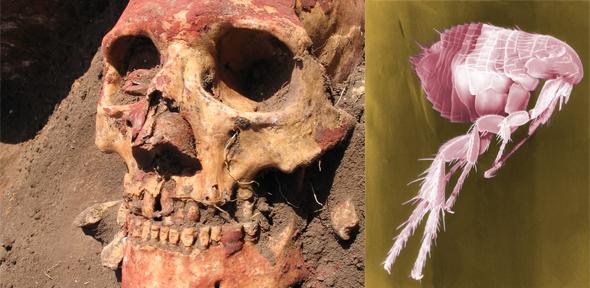


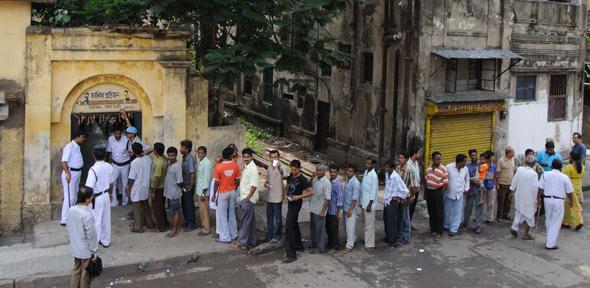
 This is India on any given day. A cacophony of more than a billion voices and stories all straining to make themselves heard. Some shout, some whisper, others scream. Few are silent. Each and every voice – Brahmin or Dalit, Muslim or Hindu, old or young – has something unique to tell us about the nature of democracy in India: its flaws and foibles, its puzzles and paradoxes, its successes and its shames. All have their part to play in informing our understanding of the world’s largest democracy; a democracy often celebrated, regularly condemned and impossible to ignore.
This is India on any given day. A cacophony of more than a billion voices and stories all straining to make themselves heard. Some shout, some whisper, others scream. Few are silent. Each and every voice – Brahmin or Dalit, Muslim or Hindu, old or young – has something unique to tell us about the nature of democracy in India: its flaws and foibles, its puzzles and paradoxes, its successes and its shames. All have their part to play in informing our understanding of the world’s largest democracy; a democracy often celebrated, regularly condemned and impossible to ignore.







